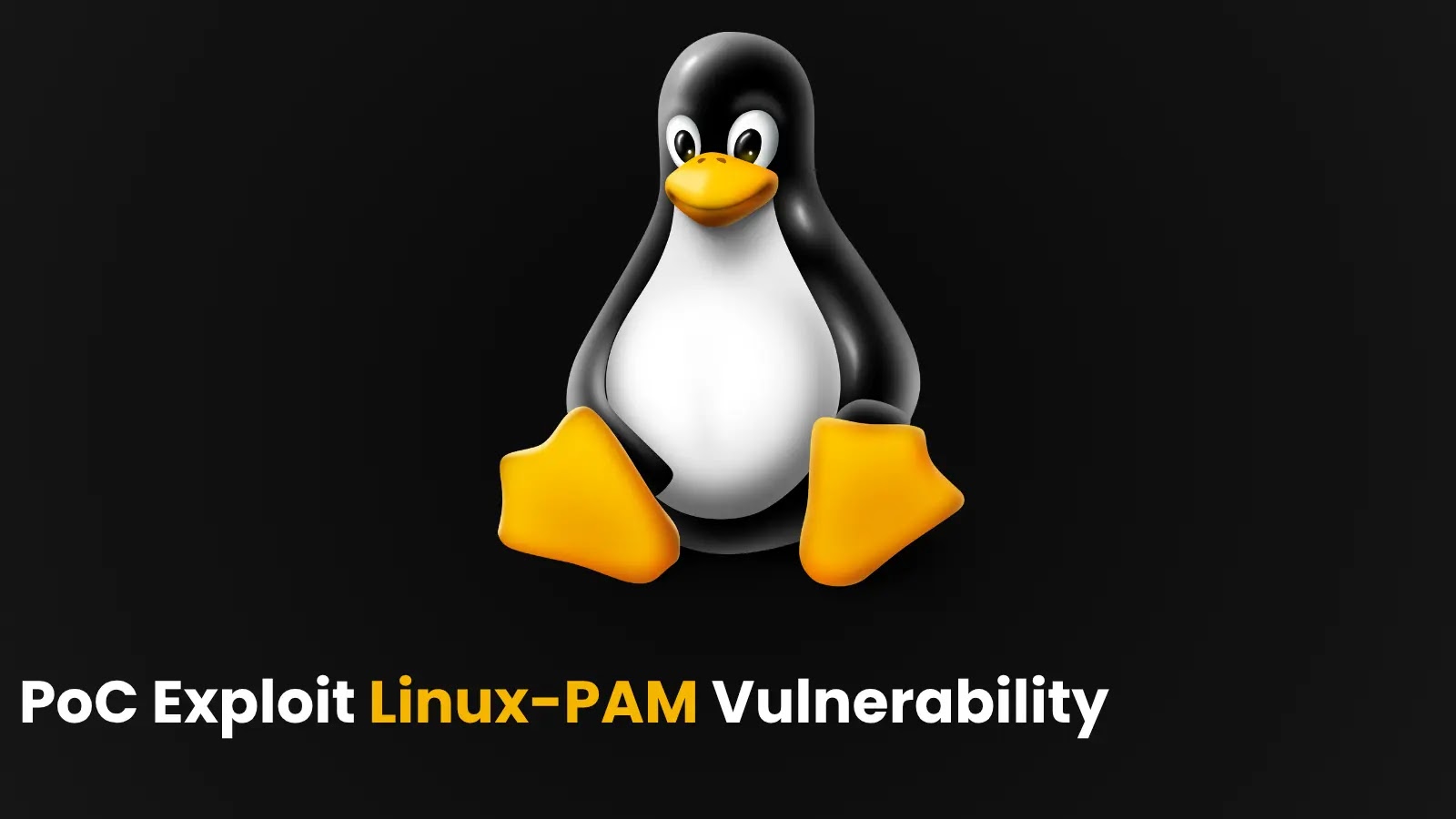A significant security flaw has been identified in the Pluggable Authentication Modules (PAM) framework, designated as CVE-2025-8941. This high-severity vulnerability, inherent to the core of Linux operating systems, allows attackers with local access to exploit symbolic link (symlink) attacks and race conditions, potentially leading to full root privilege escalation.
Understanding the Vulnerability
CVE-2025-8941 has been assigned a CVSS v3.1 score of 7.8, indicating its substantial impact. The vulnerability requires local access and low privileges, with some user interaction necessary, making it particularly insidious in shared computing environments.
Key Details:
– CVE ID: CVE-2025-8941
– Severity: High (7.8 CVSS Score)
– Attack Vector: Local
– Privileges Required: Low
– User Interaction: Required
– Impact: System compromise, data leakage
The flaw affects all versions of Linux-PAM prior to the latest patches, impacting distributions such as Ubuntu, Fedora, and Red Hat Enterprise Linux. While remote exploitation is not possible, the local nature of the vulnerability poses significant risks in multi-user systems.
Technical Insights
The vulnerability resides in the `pam_namespace` module, responsible for managing namespaces during user sessions. Improper handling of user-controlled paths within this module allows attackers to insert symlinks that manipulate directory creation processes.
By exploiting a race condition—where precise timing is crucial—an attacker can deceive the system into creating sensitive directories on the root filesystem. This manipulation can lead to unauthorized access and control over critical system components.
Exploitation Mechanism
To illustrate the exploitation process, consider the following simplified pseudocode:
“`bash
# Attacker creates a symlink in a user-controlled path
ln -s /root /tmp/victim/symlink
# Race condition triggers during pam_namespace directory creation
# If timed correctly, the directory is created in the root’s domain
# Attacker escalates privileges by modifying permissions
chmod 777 /root
“`
In practice, successful exploitation would require sophisticated scripting and precise timing. However, if achieved, it grants the attacker root-level control, enabling actions such as deploying malware or exfiltrating sensitive data.
Mitigation Strategies
The primary defense against this vulnerability is the prompt application of patches from distribution vendors, which are expected to be released imminently for most Linux variants. In the interim, system administrators should:
– Audit Local User Privileges: Review and restrict user permissions to minimize potential attack vectors.
– Disable Unnecessary `pam_namespace` Features: If the `pam_namespace` module is not essential, consider disabling it to reduce risk.
– Monitor for Suspicious Symlink Activity: Utilize monitoring tools like `auditd` to detect and respond to unusual symlink behavior.
While tools such as web application firewalls (WAFs) and intrusion detection systems (IDS) can provide some protection against related threats, they are less effective against local exploits that bypass network-based defenses. Therefore, organizations are urged to prioritize this vulnerability in their patch management processes to prevent potential system compromises.
Conclusion
The disclosure of CVE-2025-8941 highlights the ongoing challenges in securing authentication systems within Linux environments. Given the potential for root privilege escalation and the associated risks of system compromise and data breaches, immediate attention and action are required from system administrators and security professionals to mitigate this threat effectively.



